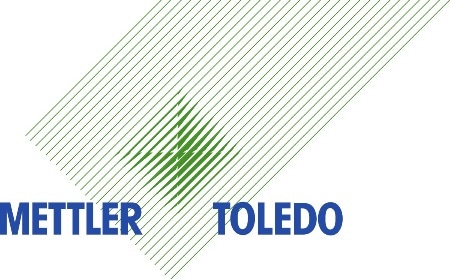Petroleum oil often contains paraffin wax (CnH2n+2) with a chain length of around 18 to 36 carbon atoms. The melting temperature range of paraffin wax is 45 - 65 °C. The wax content in oils can be determined using different methods, including:
- Extraction of the wax
- Determination of the cloud point of the oil
- Determination of the pour point of the oil
- NMR
- Optical measurements using polarization microscopy
All of these methods have their own drawbacks, such as large sample amounts, long analysis time, relatively poor detection limits or the use of chemicals. The melting behavior of the wax can be effectively measured using DSC. It is simple to analyze the wax peak in the DSC curve and requires only a small sample volume.
A number of scientific publications are available that describe the systematic analysis of oils containing different waxes. The methods described in these publications involve the measurement of liquid waxes at lower temperatures and solid waxes like paraffin wax at temperatures above the ambient temperature.
Experimental Details
A Mettler Toledo DSC 1 featuring an IntraCooler was used to perform all the measurements at a temperature range of 10 - 80 °C and at a heating rate of 10 K/min. The experiment used 40 µL standard aluminum crucibles and 100 µL aluminum crucibles. The mass range of the sample placed in the standard crucibles and in the 100 µL crucibles was 5 - 7 mg and 40 - 50 mg, respectively. The sample mass can be increased using the large crucibles, improving the measurement signal.
Around 45 mg of aluminum oxide powder was placed in the reference crucible so that the heat capacity of the sample can be approximately compensated and the measurement can be optimized. All oil measurements in the 100 µL crucibles were carried out using this reference crucible.
It took 12 minutes to measure each sample. The melting peak of the wax was measured in the temperature range of 45 - 65 °C (Figure 1). The measured normalized enthalpy of fusion of the sample was divided by the specific enthalpy of fusion of pure paraffin to calculate the wax content. The STARe software can automatically perform this calculation.
Determination of Measurement Conditions
Two DSC heating curves of the oil sample are shown in Figure 1. The lower, black curve was obtained using 49.5 mg of sample in a 100 µL crucible, and the upper, red curve with 7 mg of sample in a 40 µL crucible. A poorly defined wax peak was observed in the curve of the 7 mg sample.
Conversely, the analysis of the 50 mg sample in the 100 µL crucible provides much clearer results and shows the melting peak. Using the melting peak, the wax content of the oil can be calculated by determining the enthalpy of fusion.
.jpg)
Figure 1. Measurement curves of an oil using two different crucibles (red : 7.0 mg in a 40-µL standard aluminum crucible, black : 49.5 mg in a 100-µL aluminum crucible)
The wax content in the sample was found to be 0.10%. A value of 210 J/g, which is the specific enthalpy of fusion of pure paraffin, was applied for the enthalpy of fusion of pure wax in the calculation. However, proper evaluation is not possible for the red curve, suggesting the unsuitability of the 40 µL standard aluminum crucible for this analysis. The 100 µL aluminum crucibles should be used to measure such low wax contents in order to obtain highly accurate results through the larger sample mass.
Measurement of the Wax Content
100 µL crucibles were used to measure four different oil samples, and the wax content was calculated. The DSC measurement curves of each oil sample are shown in a different color in Figure 2. The wax content in Oil 1, Oil 2, Oil 3, and Oil 4 was found to be 0.10%, 0.27%, 0.42%, and 0.009%, respectively. Based on the composition of the paraffin waxes, their enthalpy of fusion varies in the range of 200-240 J/g.
.jpg)
Figure 2. Measurement of the wax content of different oils. The inset diagram shows a zoomed curve of Oil 4, with the lowest wax content.
The accuracy of the measurement largely relies on the difference between the assumed and actual specific enthalpy of fusion of the wax present in the sample, implying that the value calculated for the wax content incorporates an error of 5% to 10%. Therefore, the wax content for Oil 1 is (0.10 ± 0.01)%. From the blue curve of Oil 4 shown in Figure 2, the least possible measurable content can be calculated and is found to be 0.003%.
Conclusion
DSC can easily and rapidly determine the wax content present in different oils if the appropriate experimental conditions are applied. In this method, large crucibles should be used to obtain reliable measurements of the melting peak of waxes present in oils with low wax contents.

This information has been sourced, reviewed and adapted from materials provided by Mettler Toledo - Thermal Analysis.
For more information on this source, please visit Mettler Toledo - Thermal Analysis.